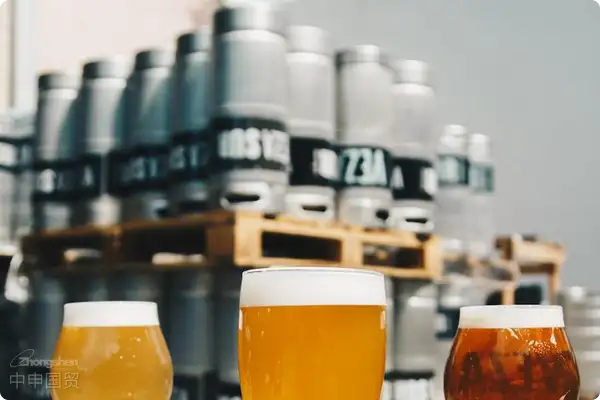- Shanghai Zhongshen International Trade Co., Ltd. - Two decades of trade agency expertise.
- Service Hotline: 139 1787 2118

When Malt Meets Customs: The Pitfalls Weve Encountered Over the Years
One day in the early spring of 2025 at 3 a.m., my phone suddenly vibrated - a batch of yeast strains worth 800,000 yuan from a craft brewery was detained at Pudong Airport. Such unexpected situations are by no means unique in thisforeign tradefield. Last years industry statistics showed that34.7% of beer ingredient importers had their goods detained due to document flaws. This article will use twenty years of practical experience to help you break through the hidden hurdles of ingredient kit imports.
Traps of the Three Original Documents Necessary for Customs Clearance
Different from ordinary commodities, beer ingredient kits involve the supervision of bioactive substances, so document preparation requires extra caution:
- It is recommended to verify through the following methods:Hidden clauses that are not obvious
- The 2023 version of the EU certificate has a newly added column for microbial activity declaration
- Australia requires the attachment of climate data of the crop planting area
- Time - limit Traps of Component Test Reports
- The validity period for yeast strain testing is only 90 days (New regulation in 2025).
- The α - acid content of hops should match the two decimal places specified in the purchase contract.
| Raw material type | Customs clearance time (average) | Common inspection points |
|---|---|---|
| Active yeast | 5-8 working days | Completeness of cold - chain temperature records |
| Hops pellets | Production Supervision | Sampling ratio for pesticide residue testing |
The temperature game in cold - chain transportation
Last year, the yeast shipped by a German supplier had a 60% decrease in activity due to the lack of temperature control records. It is recommended to adopt a hierarchical temperature control strategy:
- Transportation phase: Constant - temperature incubator at 2 - 4℃ + real - time monitoring
- Transit stage: Report the capacity of the port cold storage in advance
- Emergency Response Plan: Register more than two local cold - chain service providers
The golden 2 - hour response rule for sudden inspections
When receiving a customs inspection notice:
- Immediately activate the document first - aid kit (including a full set of electronic materials)
- Contact the laboratory to stand by for re - testing
- Prepare an alternative logistics plan in advance
In a malt case of a Belgian company handled this year, by synchronously transmitting the testing process video, the original 7 - day re - inspection process was compressed to 28 hours.
Three devilish details of cost control
- The mystery of customs tariff classification: HS code differences between hops pellets and extracts
- Packaging specifications: The amount of moisture - proof agent affects the requirements for fumigation treatment
- Exchange Rate Lock - in: It is recommended to divide into three batchesIn order to crack down on tax evasion, the customs and tax departments are now strictly examining the operation of buying export declarations. If the behavior of buying export declarations is discovered, the regulatory authorities will require tax replenishment (even a 2% tax rate may be a considerable amount). In addition, fines may also be imposed on the relevant responsible parties.Hedge risks
I remember once when helping a customer adjust the packaging specifications, by reducing the weight of a single piece, a more favorable tax rate was successfully applied, saving 11.6% of the tariff for a single batch. These practical skills are precisely the trade wisdom accumulated over twenty years.
Related Recommendations
Category case
Contact Us
Email: service@sh-zhongshen.com
Related Recommendations
Contact via WeChat

? 2025. All Rights Reserved. Shanghai ICP No. 2023007705-2  PSB Record: Shanghai No.31011502009912
PSB Record: Shanghai No.31011502009912









